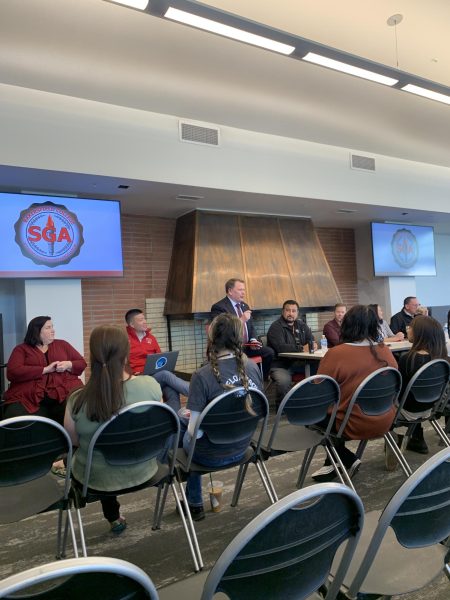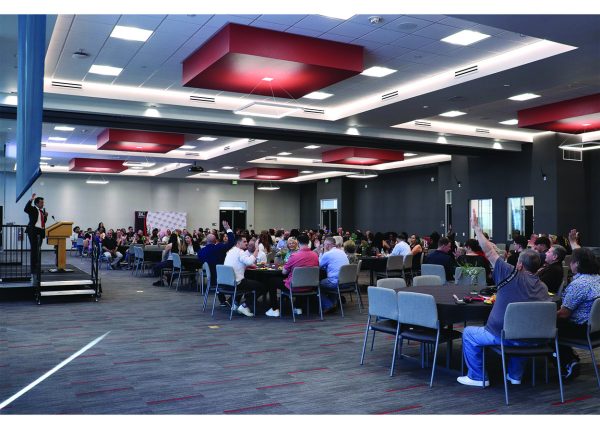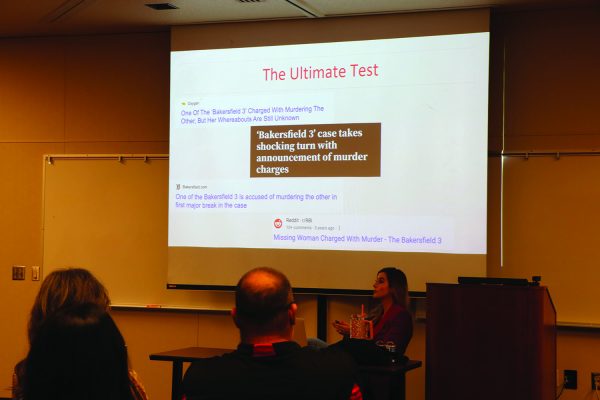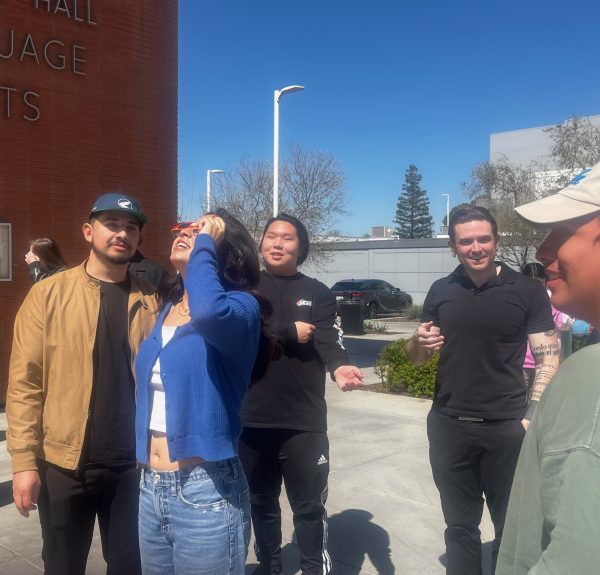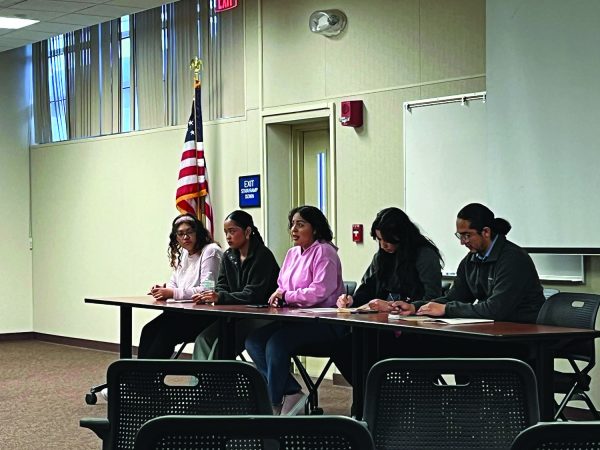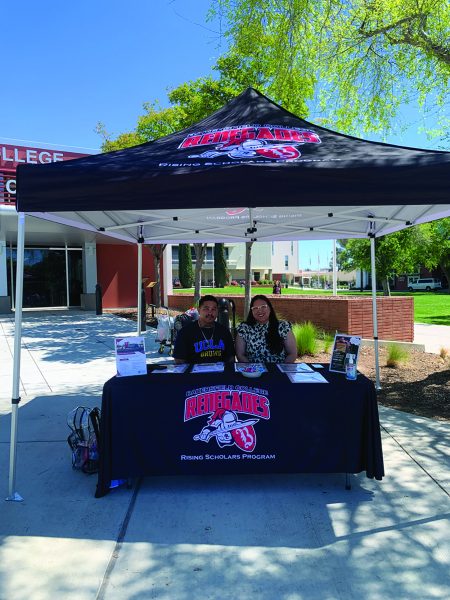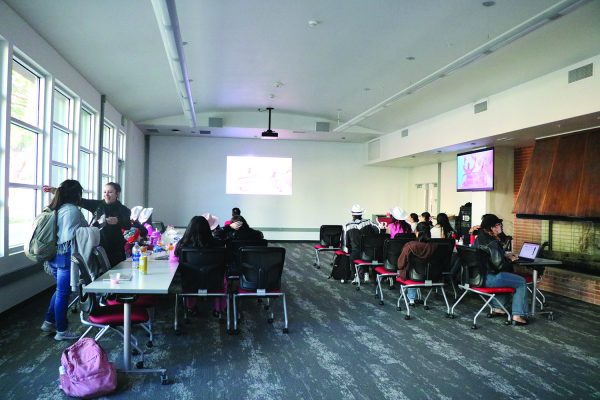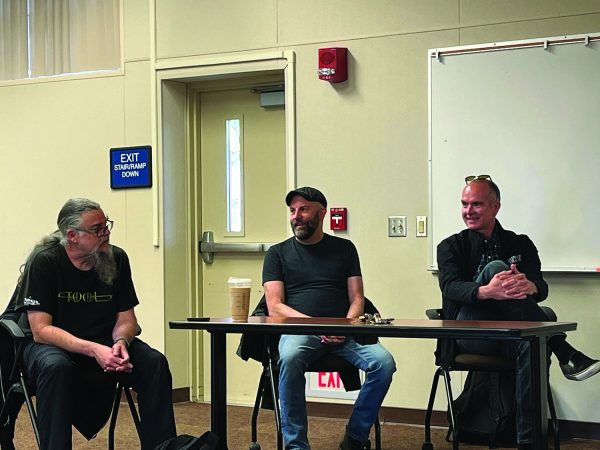Taxpayers may be liable for $200 million in damages for alleged abuse of migrant children
September 4, 2019
After reviewing 38 legal claims, The Associated Press found that taxpayers could be liable “for more than $200 million in damages from parents who said their children were harmed while in government custody.”
Several of those claims allege sexual abuse by other children in government care.
Children who travel to the United States alone or are separated from their parents at the border are already vulnerable. If children are not kept in safe and sanitary conditions, then their mistreatment can lead to psychological effects that will impair their ability to protect themselves from abuse. Ryan Herringa, a psychiatrist at the University of Wisconsin, told National Public Radio that children who are maltreated do not experience the “fight or flight response” when experiencing something scary because the fear circuitry in their brain doesn’t work the way it should.
When abuse does occur, it is difficult to uncover if children are not carefully monitored or do not receive adequate attention. The International Federation of Red Cross and Red Crescent Societies found that “exploitation and abuse manifest where protective services are overstretched or non-existent in places where migrant children land.”
They added that crowded settings increase the chances of a child falling victim to sexual abuse.
According to the Washington Post, before children are sent to the Office of Refugee Resettlement, the organization responsible for placing unaccompanied minors in specialized shelters and foster families, they are held in small, concrete cells. The cells are crowded and lack beds and private spaces.
According to Health and Human Services Secretary Alex Azar, the specialized shelters meant to house migrant children apprehended at the border are full, meaning that children are spending an extended period of time at Border Patrol Stations. Under the Flores agreement, instituted in 1997, children are limited to spending 20 days in a detention center, but as of now, there is nowhere else to send them. Children are even being sent back to detention facilities after being moved into temporary housing solutions.
University of San Francisco law professor Bill O. Hing told The Washington Post that Customs and Border Protection is not equipped to find children long term care because their staff consists of guards and not social workers.
The IFRC claims that not having trained providers in sexual and gender-based violence prevention and response creates an environment in which abuse can thrive.
According to The AP, abuse cannot be investigated if children or caretakers do not report the incident. Separated and unaccompanied children are less likely to come forward to seek help and support, according to the IFRC.
If children do not trust or understand the people that are supposed to be caring for them, then they won’t come forward.
The IFRC says that it is imperative that unaccompanied or separated migrant children feel safe and receive information in a way that they can understand. Children are supposed to be placed with Spanish-speaking families, according to the AP story.
The AP uncovered a $3 million injury claim connected to family separation that alleges a boy grabbed a 5-year-old girl’s chest and touched her inappropriately.
The story stated that “the girl was moved to a new foster home, but there she suffered verbal abuse from her foster parent’s mother, who called her names and locked her alone in rooms as punishment,” according to the claim.
Additionally, the ACLU found that children feared retaliation and were allegedly subject to rape and death threats by officials. The IFRC found that “in the absence of trusting relationships with service providers, unaccompanied children may stop seeking support altogether.”
The IFRC suggests that the government and humanitarian agencies work together to implement an effective response to an influx in migration. They add that “Information about sexual and gender-based violence prevention and response services that are available can be transformative for migrant children.” If children can identify exploitation, then they can be better equipped to stop it.


